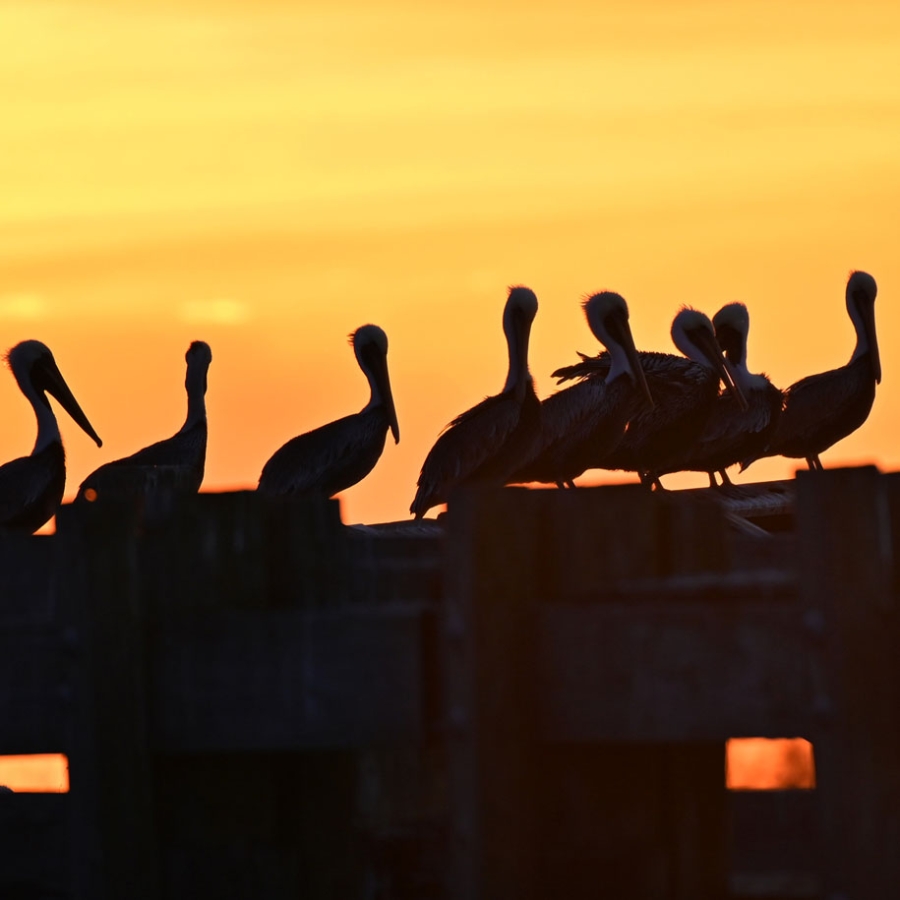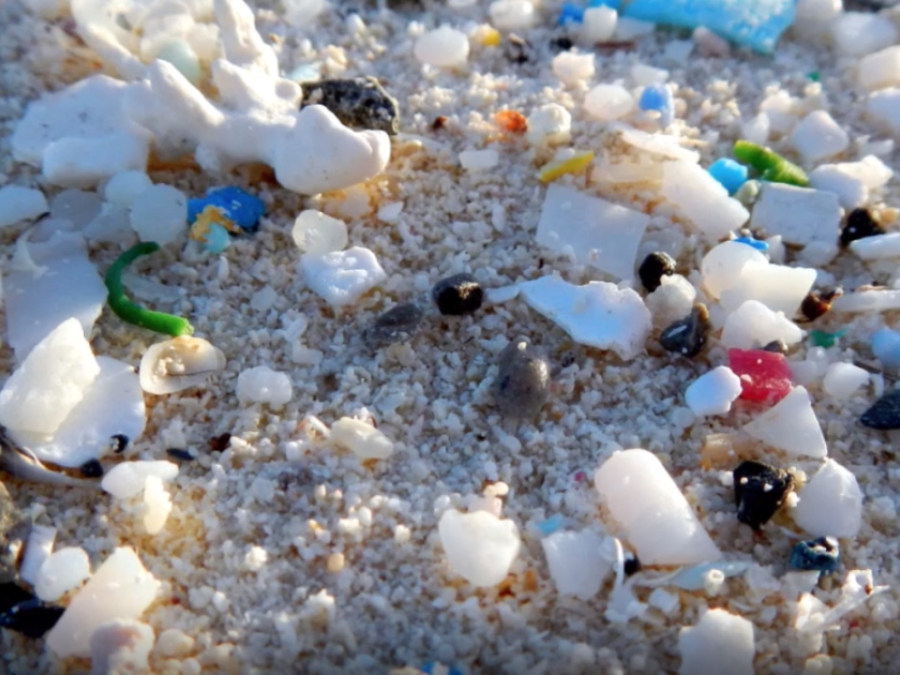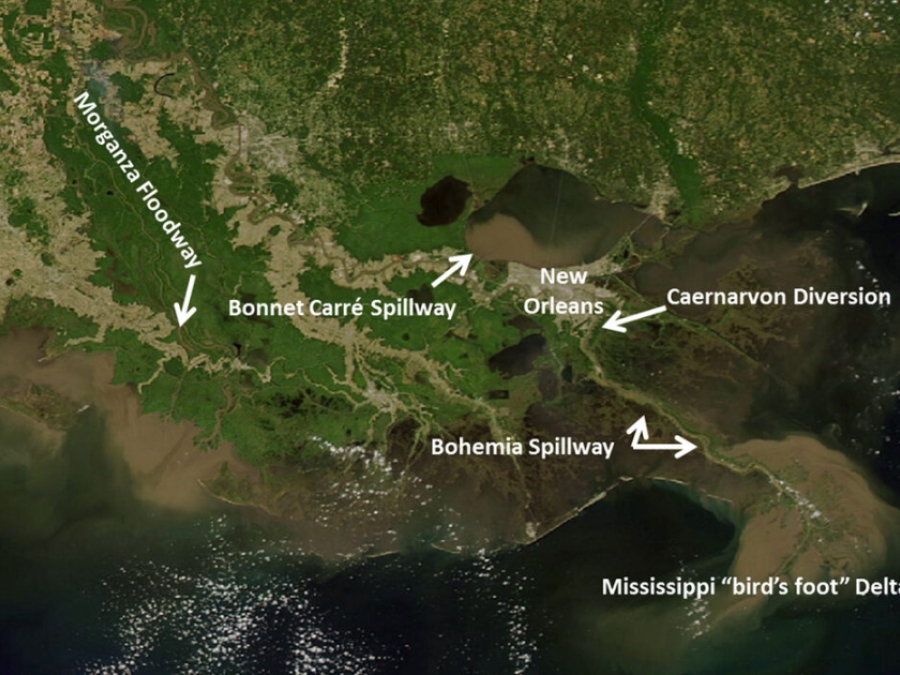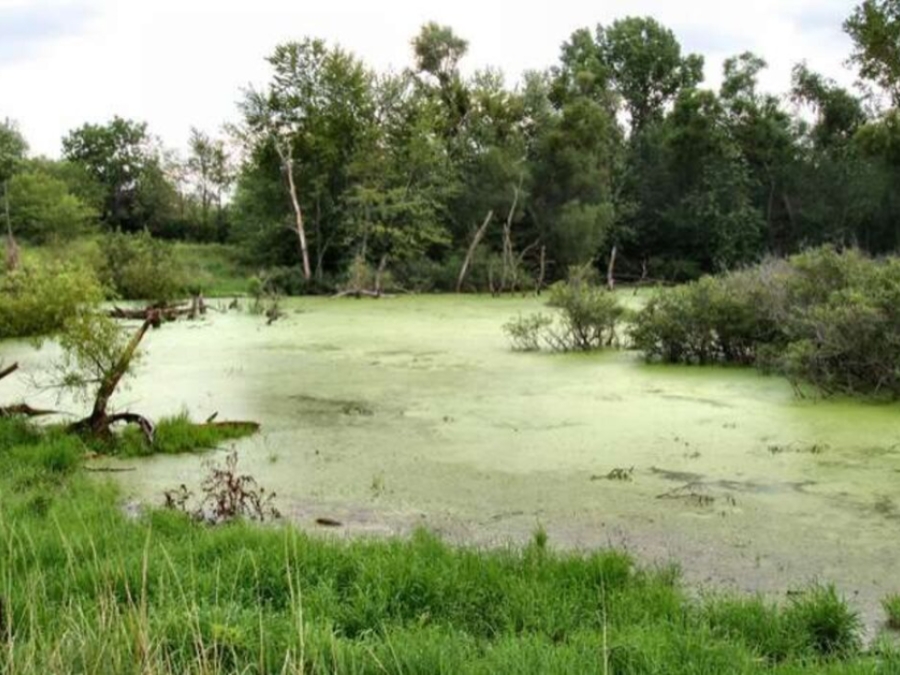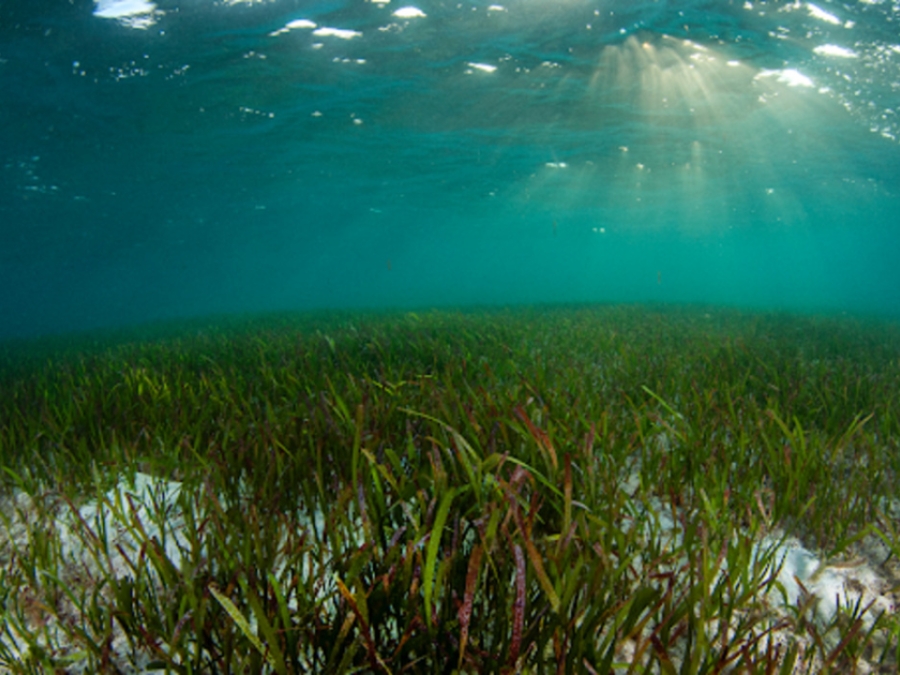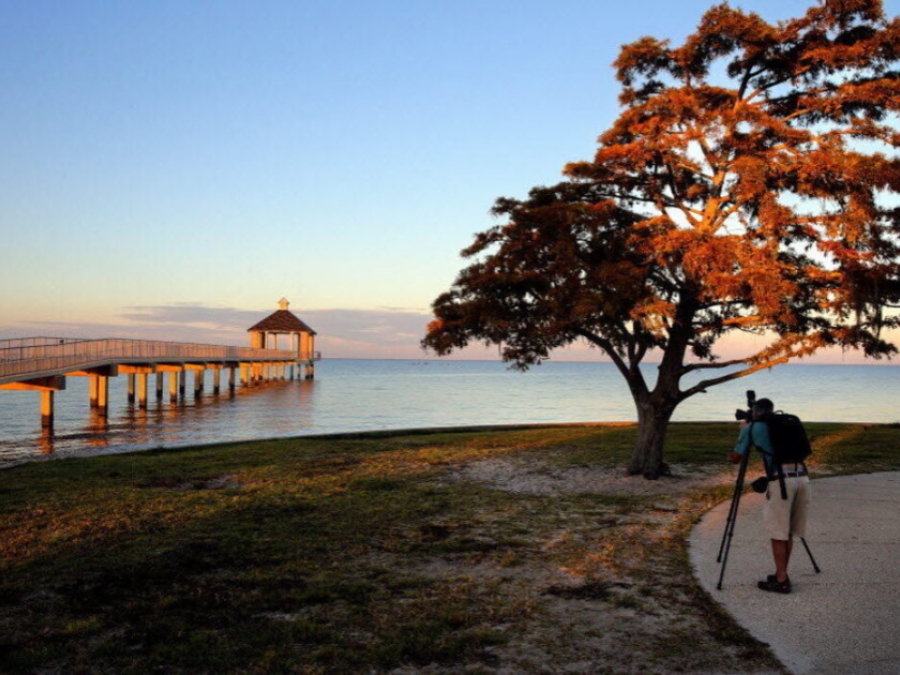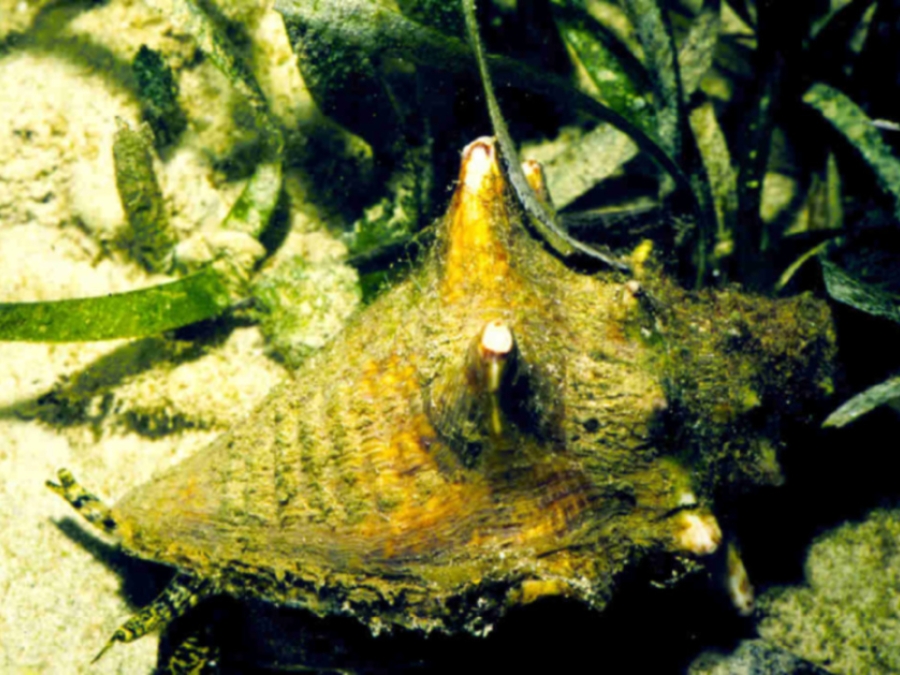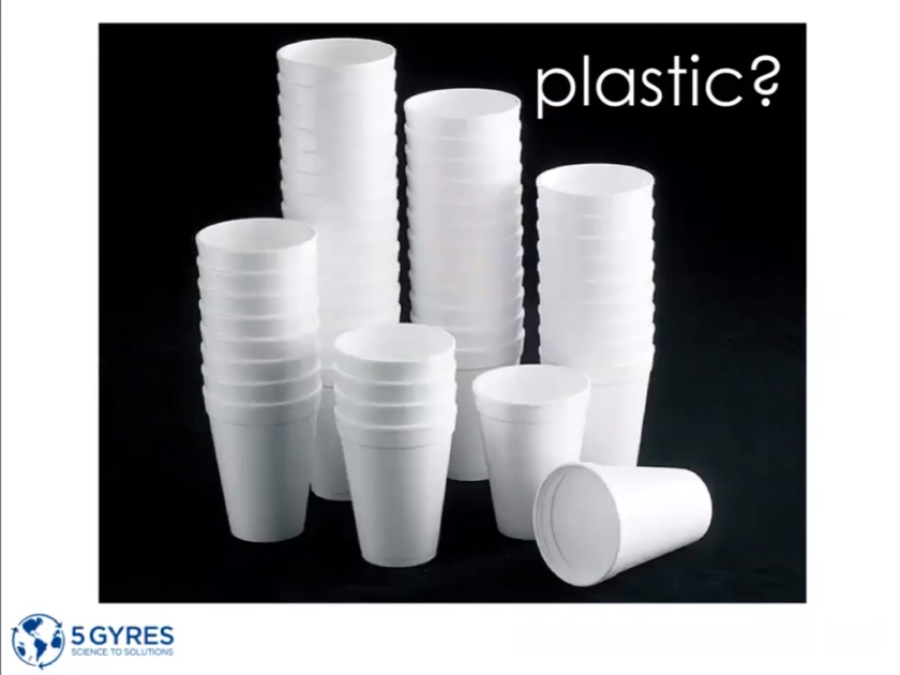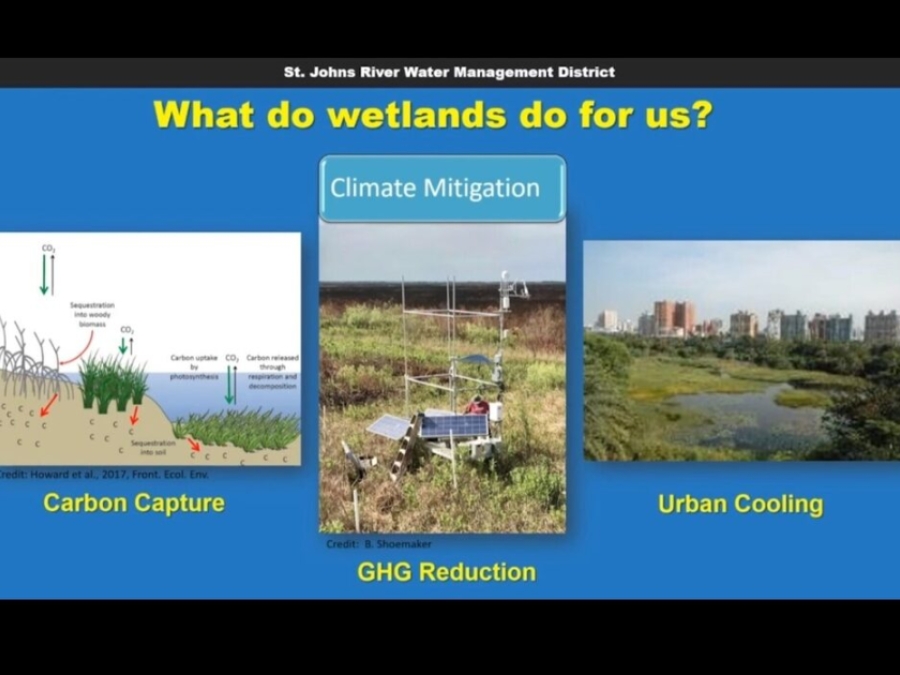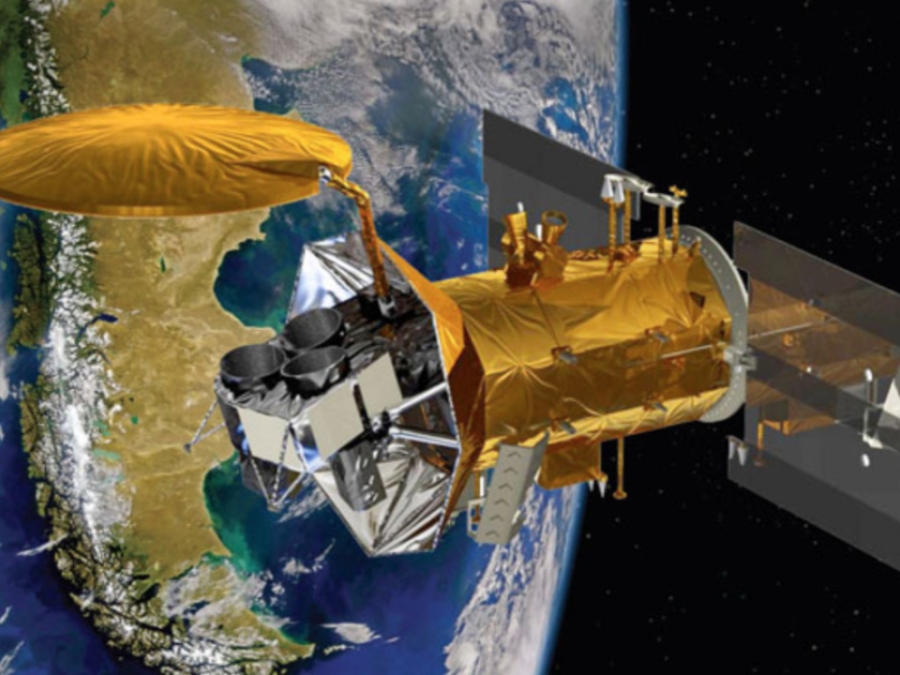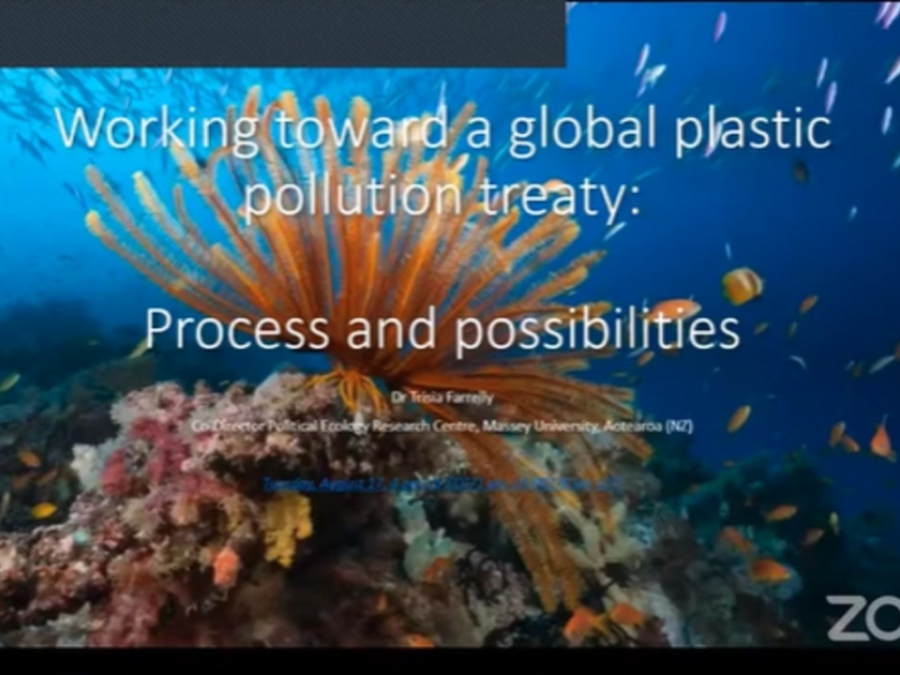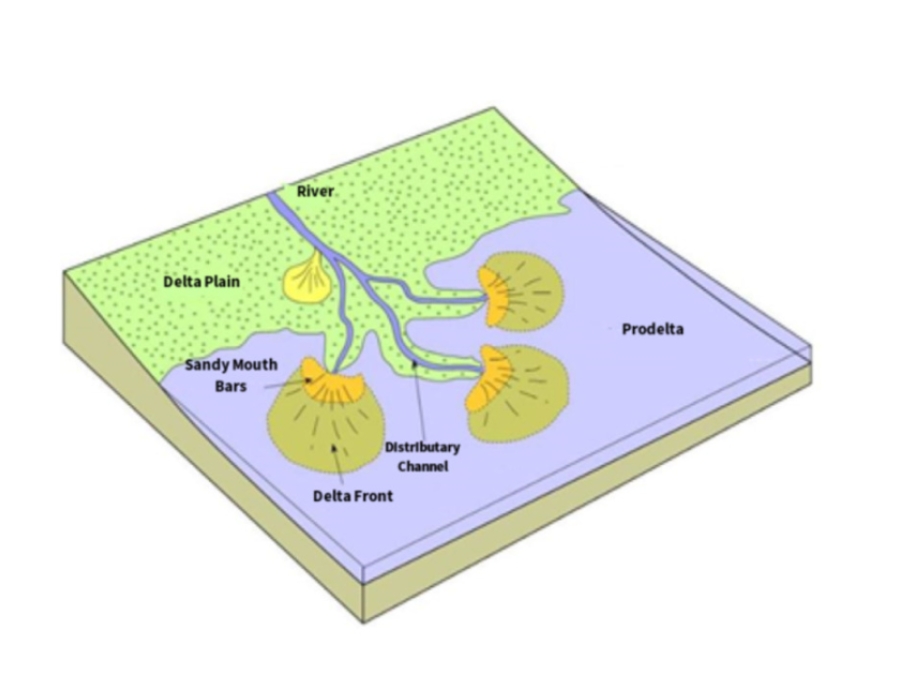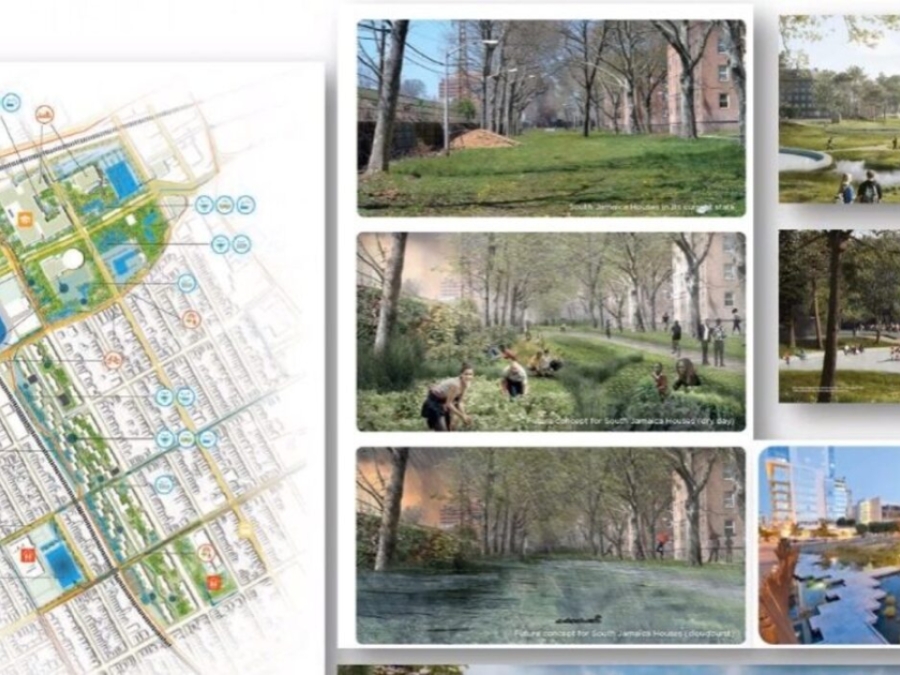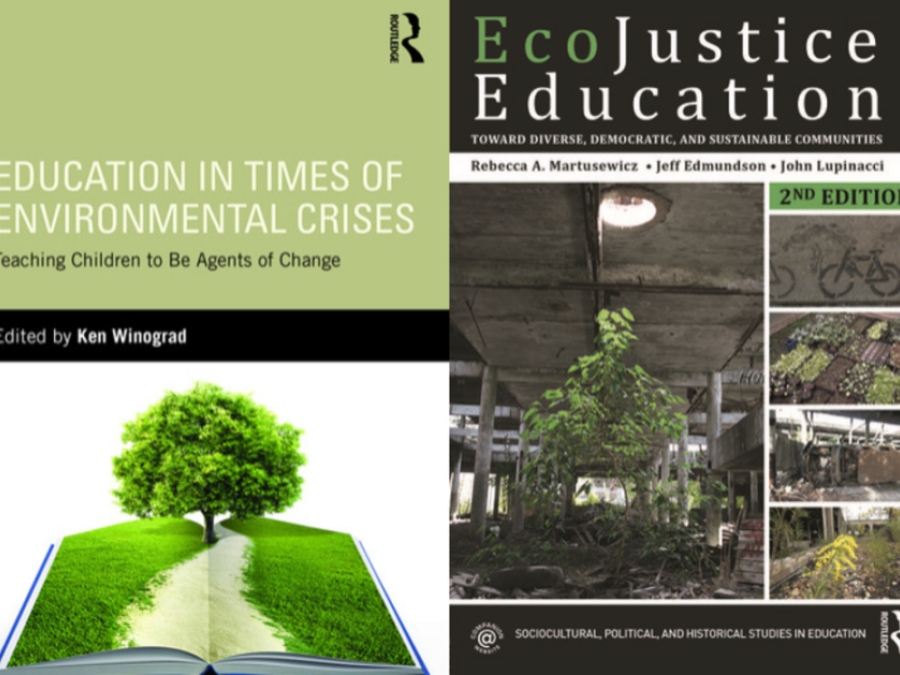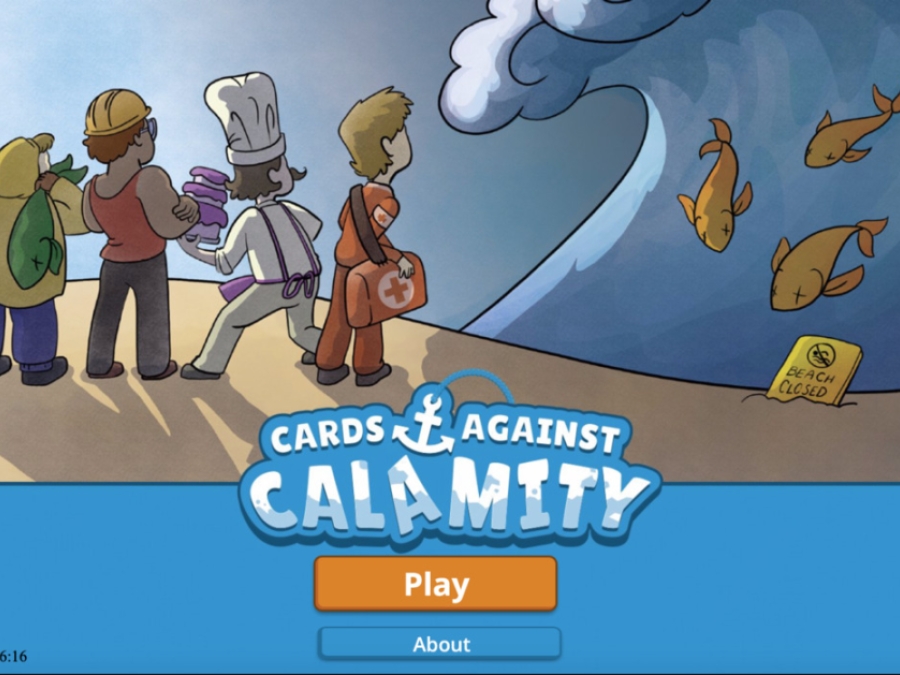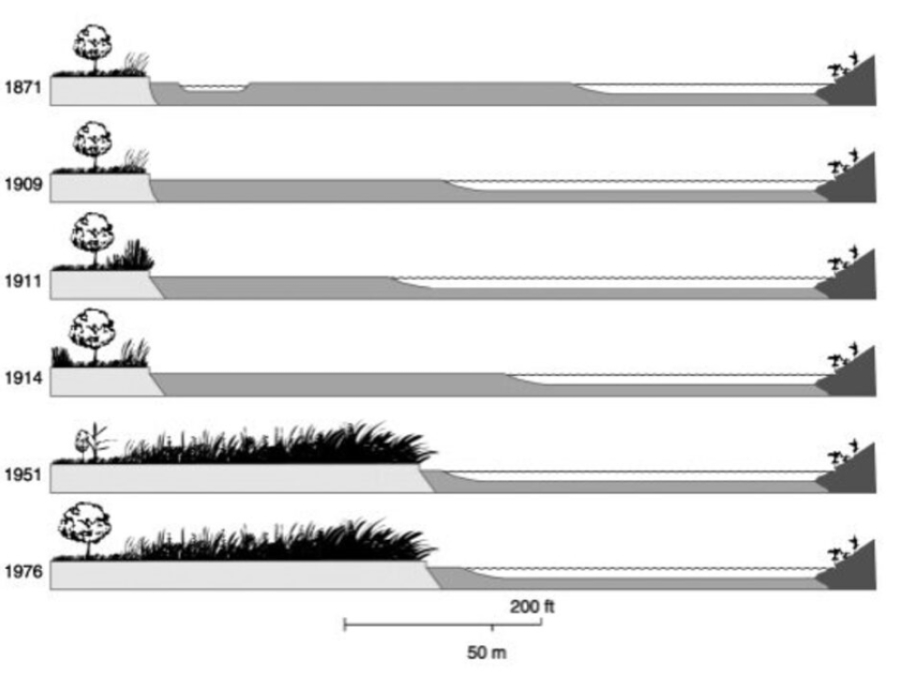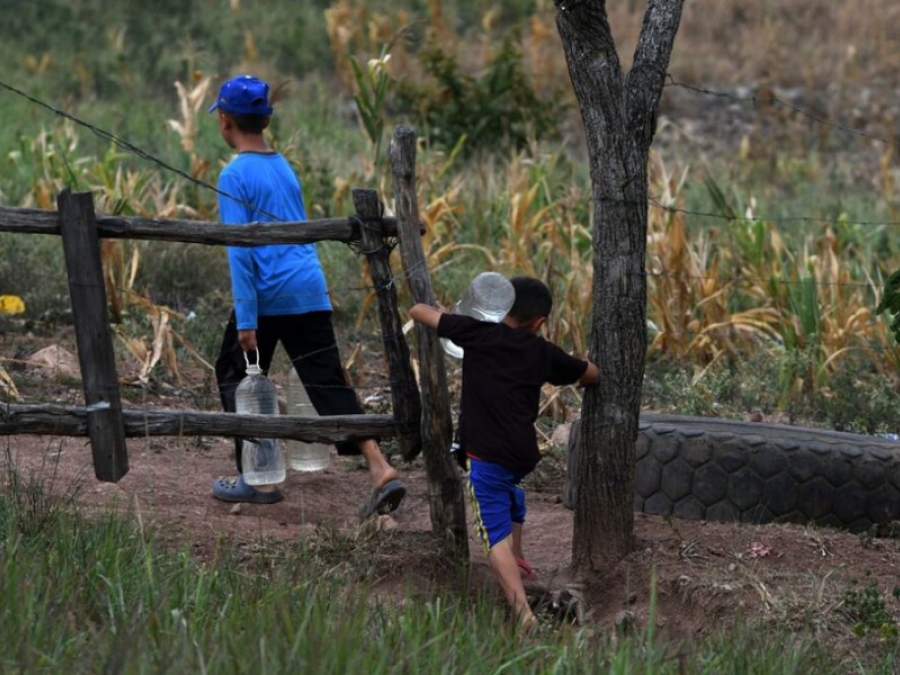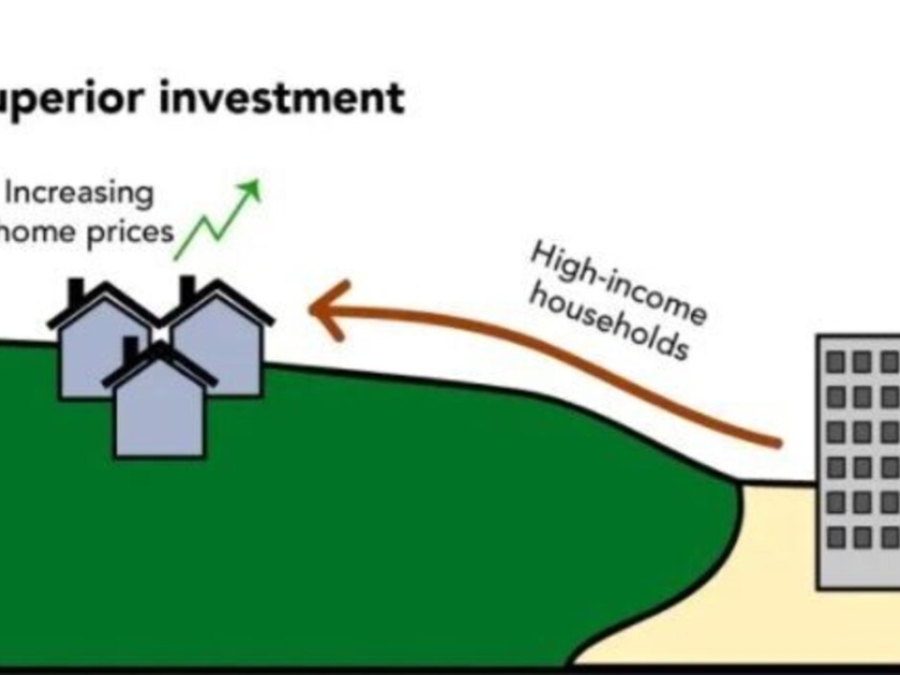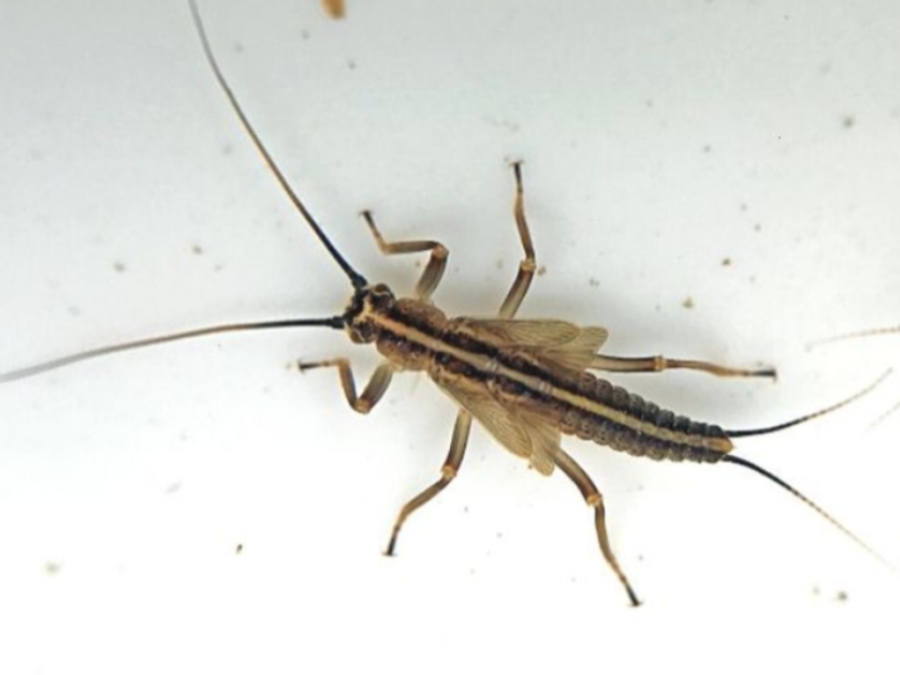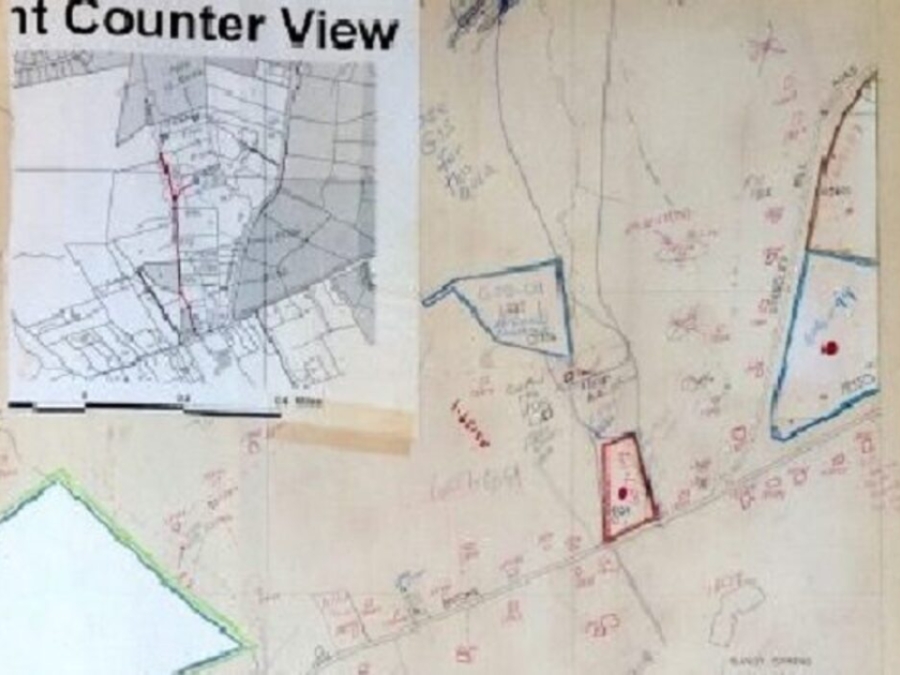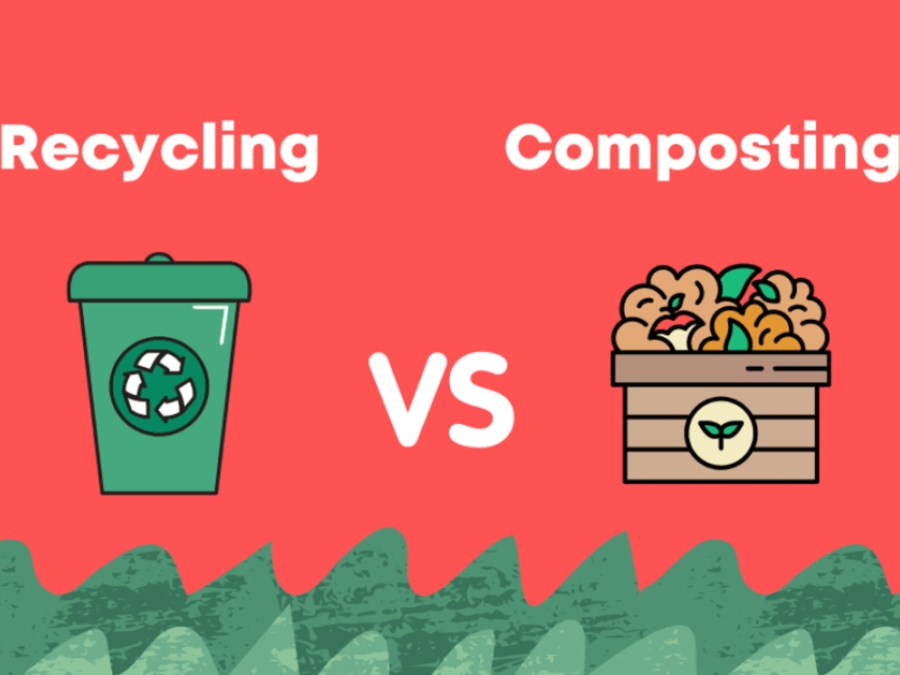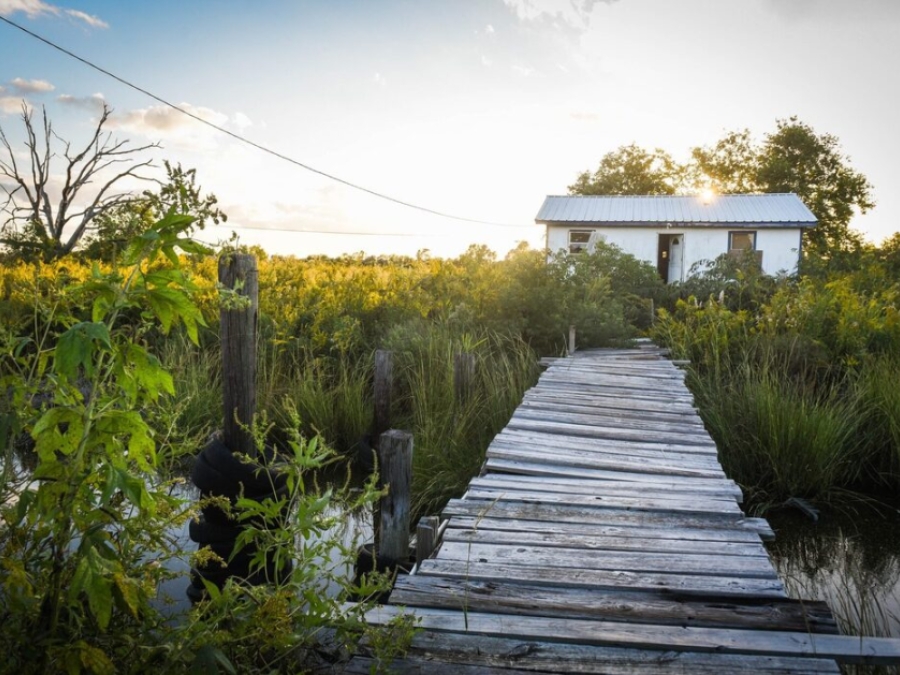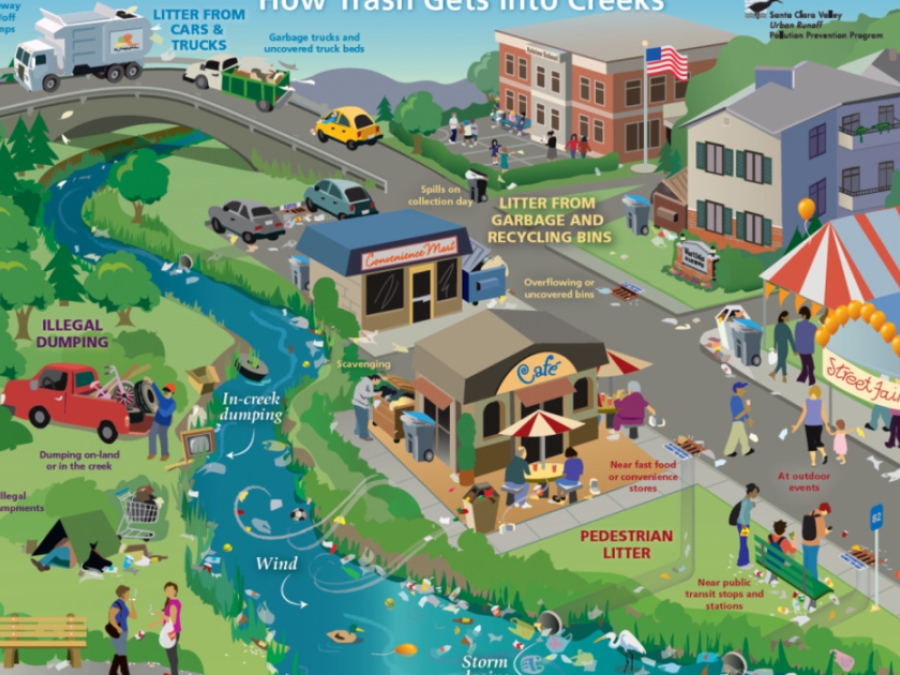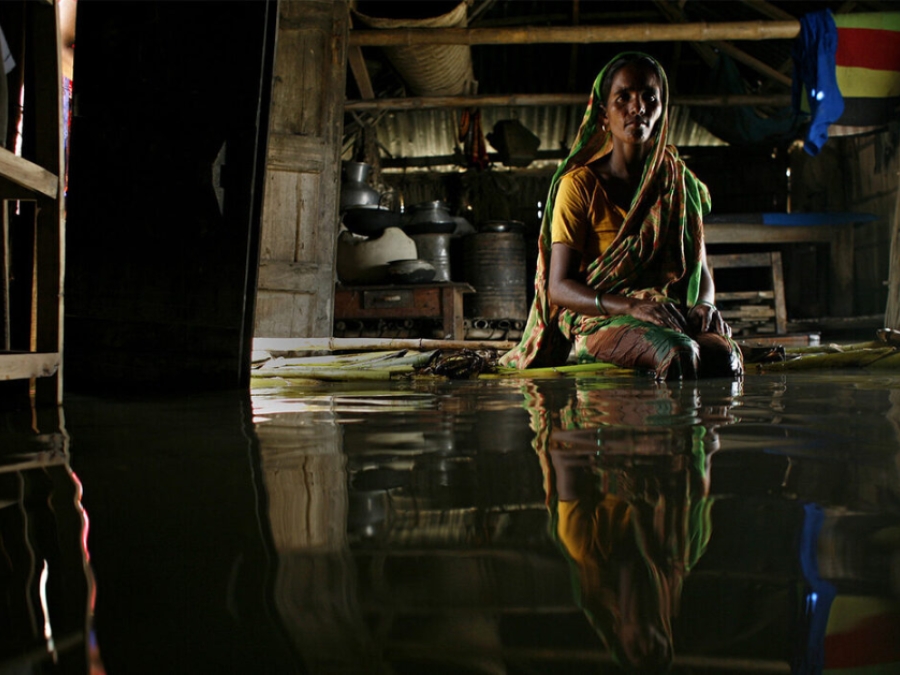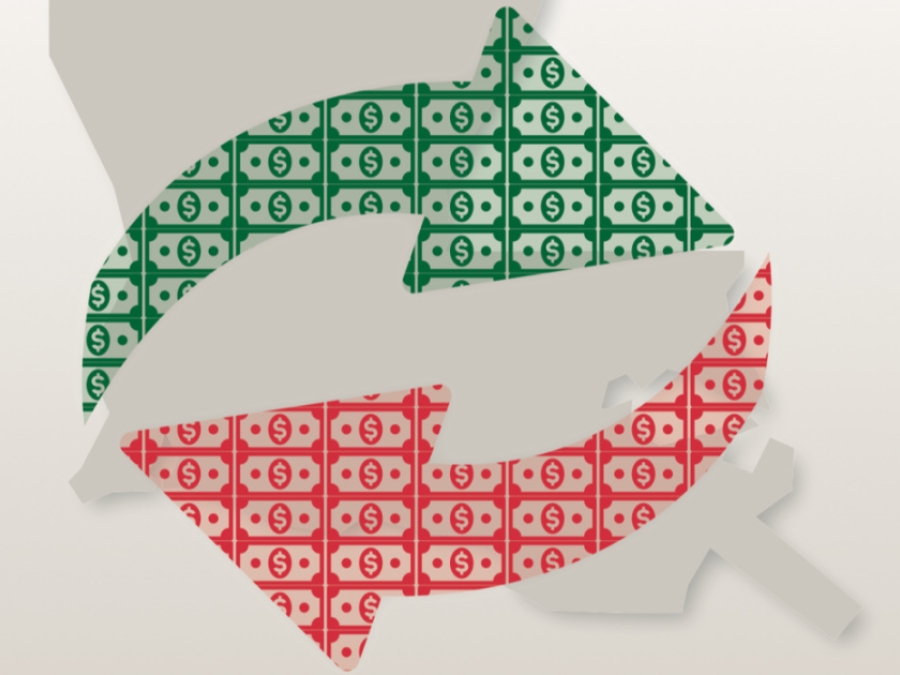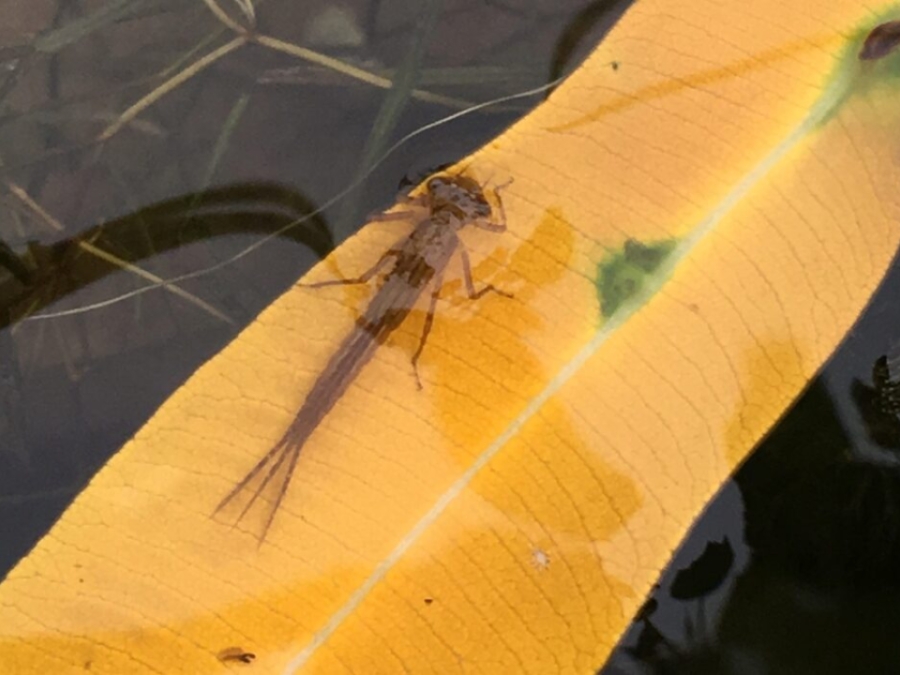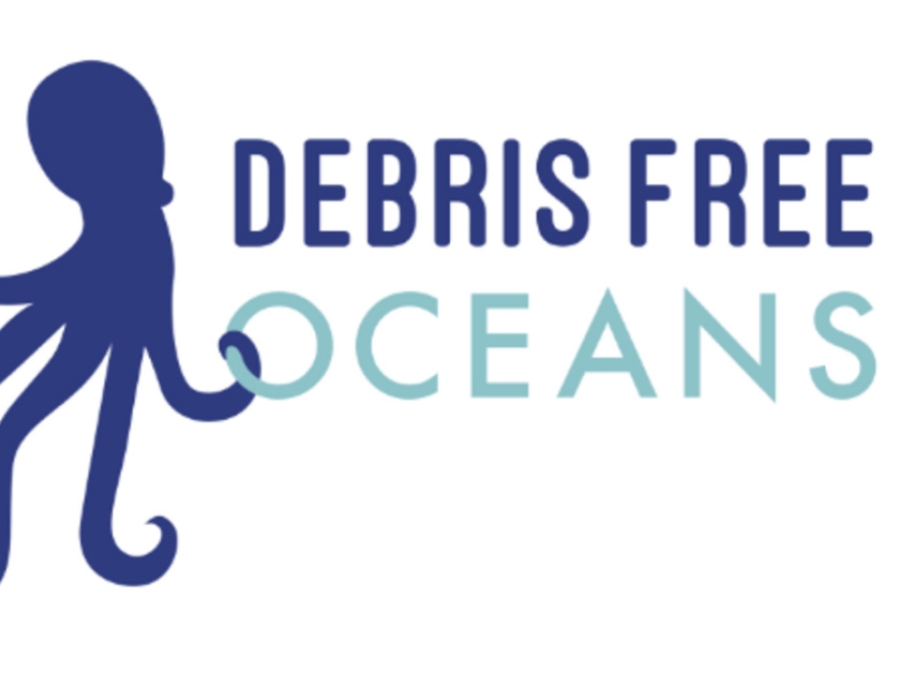Filter These Results +
What Are Microplastics?
Microplastics come from a variety of sources, including from larger plastic debris that degrades into smaller and smaller pieces. In addition, microbeads, a type of microplastic, are very tiny pieces of manufactured polyethylene plastic that are added as exfoliants to health and beauty products, such as some cleansers and toothpastes. These tiny particles easily pass through water filtration systems and end up in the ocean and Great Lakes, posing a potential threat to aquatic life.
What Can The Caernarvon Diversion And Bohemia Spillway Teach Us About Coastal Restoration
Natural land-building deltaic processes of the Mississippi River Delta have been severely limited by artificial river levees, which prevent water and sediment from flowing over the banks during spring floods. To counteract the effects of severing the connection between the river and the delta, focus has been placed on reconnecting the river to the surrounding wetlands by the creation of artificial outlets, also called diversions.
What Is A Watershed
Watershed concepts are vital to include in any conversation about water pollution. This animated video explains "how watersheds work in the United States and how they impact us on many levels."
What Is A Watershed?
This animated video explains "how watersheds work in the United States and how they impact us on many levels."
What Is A Wetland?
Wetlands are areas where water covers the soil, or is present either at or near the surface of the soil all year or for varying periods of time during the year, including during the growing season. Water saturation (hydrology) largely determines how the soil develops and the types of plant and animal communities living in and on the soil. Wetlands may support both aquatic and terrestrial species. The prolonged presence of water creates conditions that favor the growth of specially adapted plants (hydrophytes) and promote the development of characteristic wetland (hydric) soils.
What Is Coastal Erosion?
Coastal erosion is a natural, ongoing process that has been happening for thousands of years. This video explains how it happens and the factors that affect the rate of erosion.
What Is Ecological Restoration?
Our natural areas are in urgent need of support. Learn how we can make an impact through ecological restoration in our communities.
What Is Eutrophication?
What is eutrophication? Here's an overview in one minute.
What Is Marine Debris
Marine debris is all the manmade stuff that ends up in the oceans - from soda cans and plastic bottles to sunken ships. There's marine debris in every ocean on Earth, and all that junk can kill and injure sea life, impede navigation, leach chemicals, and even end up in our food.
What Is Sustainable Development?
United Nations - Learn how the 2030 Agenda for Sustainable Development will transform the world, and why it is a priority for the United Nations.
What Threats Do Mangroves And Seagrass Face?
Despite the valuable role that mangroves and seagrass play in the Florida Keys ecosystem, these plants are facing one particularly large threat: Us. In the Florida Keys, human development is the greatest threat to mangrove communities. Since the 1950s, more than 60 percent of mangroves in Monroe County have been destroyed for development. Activities such as dredging, using herbicides, and increasing waste water runoff have destroyed thousands of acres of mangrove habitat.
What To Expect: Public To Weigh In On Plan To Build Hotel In Fontainebleau State Park
A proposal to build a hotel and conference center in Fontainebleau State Park near Mandeville has yet to receive a public vetting - that comes Wednesday night - but is already generating controversy among some north shore residents and environmentalists. Opponents have cited several concerns, ranging from the prospect of more development at the 2,800-acre park on the shores of Lake Pontchartrain and the lack of local input in planning to the specter that the proposed resort will eventually include a gambling casino.
When Science And Stories Meet
It is often easy to use empty metaphors or scientific jargon to explain the impacts and future related to coastal land loss. But when scientists take the time to elevate the voices of people that are losing their homes and livelihood, science and stories blend to have deeper impacts on those looking from the outside. In this talk, Madelyn Smith shares her photography, and the stories of people photographed, to illuminate the urgency and broader impacts of Louisiana's coastal land loss.
Why Do Rivers Have Deltas
Where rivers meet the ocean, coastlines tend to bend either inward or outward, creating estuaries and deltas. But how do they get those shapes?
Why Is Submerged Aquatic Vegetation Deseignated As Essential Fish Habitat?
Submerged aquatic vegetation (SAV) includes aquatic grasses (seagrasses) and attached macro-algae. SAV is highly valuable habitat since it provides numerous important ecological functions that are difficult to replace; yet it is especially vulnerable to coastal development and water quality degradation.
Why Polystyrene Is The New Microbead
Like microbeads, polystyrene plastics are environmental hazards. They are extremely toxic to make and difficult to recycle. Polystyrene and "Styrofoam" are even banned from many recycling programs because of contamination problems - less than 2% of polystyrene was recycled in 2013.
Why Some Don'T Have Clean Water
First Nations reserves across Canada struggle to access clean drinking water from their taps. We explain why this problem has persisted and what the Trudeau government is doing about it
Why Worry About Wetlands? District Restoration Projects Explained
Join Kimberli Ponzio, an Environmental Scientist IV in the Bureau of Water Resources, as she discusses the benefits of wetlands and the work of the St. Johns River Water Management District to restore and protect wetlands.
Why Worry About Wetlands? District Restoration Projects Explained
Join Kimberli Ponzio, an Environmental Scientist IV in the Bureau of Water Resources, as she discusses the benefits of wetlands and the work of the St. Johns River Water Management District to restore and protect wetlands.
Winged Wonders
Every spring, members of Toronto and Region Conservation Authority's Environmental Monitoring team go out to the wetlands and meadows in our region to gauge the health of bird populations. While urban sprawl continues to whittle away habitats, humans - and their family pets - threaten species as well.
With A Pinch Of Slat
We know that average sea levels have risen over the past century, and that global warming is to blame. But what is climate change doing to the saltiness, or salinity, of our oceans? This is an important question because big shifts in salinity could be a warning that more severe droughts and floods are on their way, or even that global warming is speeding up. Now, new research coming out of the United Kingdom (U.K.) suggests that the amount of salt in seawater is varying in direct response to man-made climate change.
Wonderous Wetlands
Wetlands are an in-between place where water settles. Learn about the benefits of wetlands and about threats to their survival.
Wonderous Wetlands
Wetlands are an in-between place where water settles. Learn about the benefits of wetlands and about threats to their survival.
Working Towards A Global Plastic Pollution Treaty
Over 130 countries have declared support for a global agreement to combat marine litter and microplastics. There are numerous processes underway to build momentum towards an ambitious global plastics agreement at the United Nations Environment Assembly (UNEA) 5.2 in February 2022. This webinar will discuss why a growing number of countries have indicated support for a plastic pollution treaty and what it could look like.
You Can Prevent Nutrient Pollution
Nutrient pollution occurs when too much nitrogen or phosphorus enters a waterway, and is often caused by human activities. This can harm the waterway and aquatic life, and produce unsightly and sometimes harmful algal blooms. Do your part to protect our waterways from nutrient pollution.
Anatomy Of A Delta: The Foundation Of New Land
In Louisiana, and in many places, the term "delta" is widely used. That's mainly because we live on a delta - the Mississippi River Delta - and much of the land that comprises coastal Louisiana was built by the Mississippi and other rivers creating new deltas over millennia. From a more technical standpoint, identifying what a delta is and its various components may not be as easy for most people. Many people picture a delta as a place where a river meets open water, and land protrudes outward as sediment accumulates near the mouth. What some may not know is that there is more to a delta than what we see in satellite images. Some of the most important parts of a delta are below the surface.
Blue-Green Infrastructure Building Resiliency In Corporate Habitats
With a changing climate, it is vital that we think beyond traditional engineering. Blue-Green infrastructure (BGI) emphasizes the importance of combining water management alongside green infrastructure, and seeks to meet the challenges of climate change by "building with nature". When incorporated into your projects, BGI can make your habitat more resilient to storms of increasing intensity and high-water events. Our speakers are recognized worldwide as experts in blue-green infrastructure and bring decades of expertise and case studies on storm recovery, resiliency and flood-event evaluation.
Blue-Green Infrastructure Building Resiliency In Corporate Habitats
With a changing climate, it is vital that we think beyond traditional engineering. Blue-Green infrastructure (BGI) emphasizes the importance of combining water management alongside green infrastructure, and seeks to meet the challenges of climate change by "building with nature". When incorporated into your projects, BGI can make your habitat more resilient to storms of increasing intensity and high-water events. Our speakers are recognized worldwide as experts in blue-green infrastructure and bring decades of expertise and case studies on storm recovery, resiliency and flood-event evaluation.
Books On Teaching Climate Change Communication, Eco-Literacy, And Eco-Justice
In the wake of this summer's record-breaking heat - hottest June on record, the hottest month ever in July - students and teachers have returned to their classrooms. But in what classes should the diverse causes and consequences of climate change be covered? If meeting the challenge of climate change will affect, in some way, nearly every aspect of contemporary life, should it be covered, in some way, in every course? This month's bookshelf features books about climate change education. The first part covered books that address the general theory and practice of teaching climate change. This second part highlights books that focus on specific subtopics.
Cards Against Calamity
What would you do if your job was to manage a small coastal community besieged by job loss, irate voters, hurricanes, oil spills, and hipsters? Here's a way to find out: boot up your laptop or tablet and check out the new "serious game," Digital Cards Against Calamity. Cards Against Calamity is designed to be not only entertaining, but also educational by raising awareness of the issues surrounding coastal resilience, backed up by government data.
Cards Against Calamity
What would you do if your job was to manage a small coastal community besieged by job loss, irate voters, hurricanes, oil spills, and hipsters? Here's a way to find out: boot up your laptop or tablet and check out the new "serious game," Digital Cards Against Calamity. Cards Against Calamity is designed to be not only entertaining, but also educational by raising awareness of the issues surrounding coastal resilience, backed up by government data.
Causes And Consequences Of Invasive Plants In Wetlands: Opportunities, Opportunists, And Outcomes
Wetlands seem to be especially vulnerable to invasions. Even though ?6% of the earth's land mass is wetland, 24% (8 of 33) of the world's most invasive plants are wetland species. Furthermore, many wetland invaders form monotypes, which alter habitat structure, lower biodiversity (both number and "quality" of species), change nutrient cycling and productivity (often increasing it), and modify food webs. Wetlands are landscape sinks, which accumulate debris, sediments, water, and nutrients, all of which facilitate invasions by creating canopy gaps or accelerating the growth of opportunistic plant species.
Climate Change Is Altering Migration Patterns Regionally And Globally
There is currently no international legal framework to address environmental disasters and climate change as drivers of migration. There is also no consensus on what terminology should be used to describe individuals moving due to environmental factors. The 1951 Refugee Convention and 1967 Refugee Protocol, multilateral agreements that define "refugee" and set states' obligations for protection, were not crafted with the environment, climate change, or environmental disasters in mind - and therefore do not mention them as grounds for refugee protection. U.S. refugee policy, codified in the Refugee Act of 1980, is largely based on the framework outlined in these agreements and thus excludes these terms.
Climate Is The Newest Gentrifying Force, And Its Effects Are Already Re-Shaping Cities
The term "gentrification" tends to evoke images of luxury condos rising from the rubble of public housing developments and the replacement of community-run businesses with high-end commercial real estate development. Officially, it is defined as the renovation of under-developed neighborhoods to make them suitable for more affluent residents, often resulting in the displacement of low-income people of color who can no longer afford to live in their homes. But climate gentrification throws in an additional factor: the impending shifts in global climate as a result of carbon emissions."
Creek Critters
Audubon Naturalist Society's Creek Critters app walks you through finding and identifying the small organisms - or critters - that live in freshwater streams and creating stream health reports based on your findings." Creek Critters acts as a tool when identifying macroinvertebrates and allows users to contribute to a community science proje
Discover Urban Wetland's Worth
In Colombo, Sri Lanka, IWMI's host country, we are helping discover and promote the true worth of the city's unique wetland ecosystem - to mitigate flooding, incentivize green investment, bolster food security and in other ways make the city more livable for all. This is the compelling message of our new video on the Colombo Wetlands Complex, which is a nominee for the urban wetlands accreditation scheme of the Ramsar Convention, an intergovernmental treaty that promotes the conservation and wise use of wetlands.
Faces Of The Delta: Reverend Tyronne Edwards
Next in our Faces of the Delta series, you will meet Reverend Tyronne Edwards: 5th generation resident of Phoenix, La., community leader and organizer and coastal restoration advocate. How has coastal land loss impacted your life? 'We lost everything we had during Hurricane Katrina. It was frightening to us. We now realize that if we had the right protection, the proper barriers-wetlands-we could protect our communities. If nothing is done with the wetlands, another Category Five will come and we'll be destroyed again. While we rebuild our homes and our community, we keep restoration at the forefront because it's all null and void if we don't restore our wetlands.'
Farm Road: Rural Gentrification And The Erasure Of History
In its infancy, gentrification was a word used to describe changes in urban neighborhoods. Now, gentrification has been documented in suburbs and rural areas around the world. It is even sweeping through Washington, DC's suburban counties, where farmlands are being converted into housing and mixed-use developments. The "Farm Road" case in Maryland's Montgomery County is a troubling example of rural gentrification and historical erasure.
Frequently Asked Questions About Plastic Recycling And Composting
The term "biodegradable" when used for marketing purposes includes a time component regarding the length of time it takes for the plastic to fully degrade. According to the Federal Trade Commission's "Green Guides": "It is deceptive to make an unqualified degradable claim for items entering the solid waste stream if the items do not completely decompose within one year after customary disposal. Unqualified degradable claims for items that are customarily disposed in landfills, incinerators, and recycling facilities are deceptive because these locations do not present conditions in which complete decomposition will occur within one year
How Communities Can Adapt To Climate Change
For many, the concept of "adapting" to climate change feels equivalent to admitting defeat. But climate change's effects are already being felt today, so adapting will be necessary - and it doesn't have to hurt. Explore how building resilience can have a silver lining.
How To Save A Town From Rising Waters
Isle de Jean Charles, home to the Biloxi-Chitimacha-Choctaw band of Native Americans, has lost 98 percent of its land since 1955. Its 99 remaining residents have been dubbed "America's first climate refugees." 'There's just a little strip of it left,' said resident Rita Falgout. 'There used to be a lot of trees; we didn't have so much salt water.' Like many of the houses on Isle de Jean Charles, her home is raised on 15-foot stilts to evade the increasingly omnipresent floodwaters. But the stilts can't protect her from the island's isolation. Strong winds alone can flood the road, cutting the island off from vital resources like hospitals. Soon the road will be impassable year-round.
Key Program Is Spending On Forests
Private companies have invested tens of millions of dollars building "mitigation banks," critical marsh restoration projects to help save the fragile Louisiana coast. But the market for these banks might be too inhospitable.
Learn About Aquatic Trash
EPA's Trash Free Waters (TFW) program refers to the garbage polluting U.S. rivers, lakes, streams, and creeks as "aquatic trash." Most of the garbage that ends up in waterways comes from land-based activities. Garbage can easily become aquatic trash if it is not properly disposed of or securely contained. When garbage is littered on the ground rather than placed in a recycle, compost, or trash bin, rain and wind often carries it into storm drains, streams, canals, and rivers. For example, a cigarette butt tossed on the ground might wash into a storm drain and travel through the stormwater system, which in some cases, leads directly into waterways. Cigarette butts contain plastic that will remain in the environment for many years.
Let's Talk About Climate Migrants, Not Climate Refugees
Climate migrants have been invisible for many years on the migration and climate debates. Our work at IOM has been focused for over 10 years on bringing climatic and environmental factors to the light and on building a body of evidence proving that climate change affects - directly and indirectly - human mobility. Hence, it might seem paradoxical in this context not to encourage the establishment of a climate specific legal status, parallel to the existing refugees' status.
Louisiana Regional Economic Impacts Of Land Loss: Study Underscores Economic Importance Of Coastal Restoration
Louisiana is facing a land loss crisis - more than 2,000 square miles of land have been lost over the last 100 years, and an equal amount could potentially be lost over the next 50 years. This loss puts businesses, homes, infrastructure and whole communities at risk. The risk of continued land loss is concentrated in coastal Louisiana, but the economic implications will spread throughout the nation due to the state's importance in shipping, energy production, chemicals and other sectors.
Louisiana's Bonnet Carre Spillway
The Mississippi River drains water from 31 different states, where rain and snowfall make their way south and make the river swell in Louisiana." This video investigates the Bonnet Carre Spillway, a flood control structure designed to prevent flooding from the Mississippi River
Macroinvertebrates
Different types of macroinvertebrates have different requirements to survive. Some require cooler temperatures, relatively high dissolved oxygen levels or certain habitats. Other macroinvertebrates may be able to survive in less-than-ideal conditions - where there are low dissolved oxygen levels or more sediment - or where the water temperature is warmer. Again, there aren't any "bad" macroinvertebrates, but the population present may indicate that there are bad stream conditions in which only the "strong" can survive.
Marine Debris: The Problem And Its Impact
Our oceans are polluted with a wide variety of marine debris, ranging from tiny cigarette butts and plastic bags to 4,000-pound derelict fishing nets and abandoned vessels. The National Oceanic and Atmospheric Administration (NOAA) defines marine debris as any "persistent solid material that is manufactured or processed and directly or indirectly, intentionally or unintentionally, disposed of or abandoned into the marine environment or the Great Lakes. Trash and debris along the coasts of the United States mainly comes from littering or mass dumping. It washes down storm drains, through our waterways and ultimately into the sea.
Microlastics In The Baltic
The Microplastics in the Baltic project is assessing the impact of plastic in biodiversity, climate change and human health in the Baltic region. IUCN is leading the first worldwide project to study the possible impacts of plastic in ice formation and melting. We will understand if plastic has any impact in sea ice formation, how much plastic is actually "scavenged" from the water and incorporated in ice and if plastic (at high concentrations) can play a role in ice melting.
Modeling The Gulf Of Mexico
The "Modeling the Gulf" middle school science curriculum was compiled and developed to align with research being conducted by the Consortium for Ocean-Microbial Interactions in the Ocean (CSOMIO). The CSOMIO project is working to fill critical gaps in our ability to numerically model the transport and fate of oil in coastal waters. This middle school science curriculum contains five lesson plans related to ocean modeling, including the fields of biogeochemistry, fluid dynamics, and microbiology.

